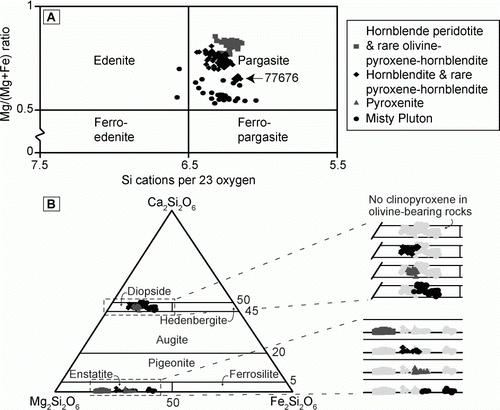Figures & data
Figure 1 Geological map of western Fiordland between Sutherland and Doubtful sounds showing plutons of the Western Fiordland Orthogneiss and sample locations (after Allibone et al. Citation2009b). Country rocks including the Western Province are excluded for clarity. Grid references refer to the NZMS260 1:50,000 scale topographic map series. The inset removes movement on the Alpine Fault for the South Island of New Zealand.
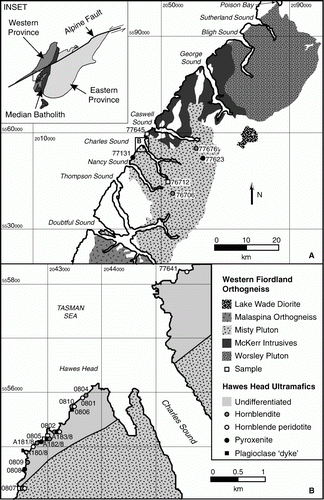
Figure 2 Field photographs. A, Contact zone between hornblende peridotite (light colour, right) and hornblendite (dark colour, middle left). B, Hornblende peridotite with rounded phenocrysts of pargasite. C, ‘Jig-saw’ fit texture and shapes of rafts and xenoliths of hornblendite in hornblende peridotite. D, Hornblendite. E, Rare plagioclase accumulations or dykes in hornblendite. F, Contact zone between hornblendite and Misty Pluton. Note folded inclusions of hornblendite in Misty Pluton that is cut by an attenuated plagioclase-rich garnet-bearing dyke that is in turn cut by a sheet of hornblendite. G, Pyroxenite inclusions (light colour) in hornblendite (dark colour). H, ‘Jig-saw’ fit texture of rafts of pyroxenite in hornblendite.
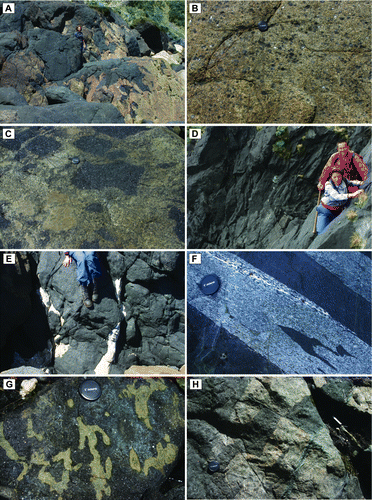
Figure 3 Photomicrographs. A, Representative hornblende peridotite mineralogy dominated by olivine with orthopyroxene and brown–green pargasite (0810B). Field of view is 3.5 mm. B, Olivine, orthopyroxene and ilmenite inclusions in poikilitic pargasite (0801C). Field of view is 3.5 mm. C, Representative hornblendite mineralogy dominated by brown–green pargasite. Accessory opaque minerals are found as films along pargasite grain boundaries and at pargasite grain triple junctions (0805K). Field of view is 3.5 mm. D, Crystallographic control on exsolution of opaque (likely ilmenite) and transparent (likely rutile) grains in pargasite (A181/8). Field of view is 0.5 mm. E, Representative pyroxenite mineralogy dominated by clinopyroxene with orthopyroxene (77131). Field of view is 3.5 mm. F, Representative Misty Pluton plagioclase, two-pyroxene, pargasite mineralogy (A183/8). Field of view is 3.5 mm.
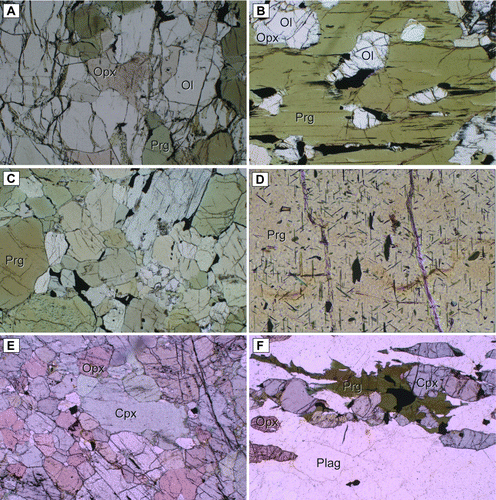
Table 1 Major and trace element data for ultramafic rocks from Hawes Head and the Misty Pluton.
Figure 4 Whole rock geochemical data. A, Major element oxide (wt%) versus SiO2. Note trend in hornblende peridotite samples, clustering of hornblendite samples, except for the olivine-pyroxene hornblendite. B, Primitive mantle normalised REE diagram showing hump pattern for 11 samples of ultramafic rock from Hawes Head. The pyroxenite sample (0805J) has a distinct pattern. Note the Misty Pluton and all ultramafic samples from Hawes Head (except for pyroxenite sample 0805J) display depletion of heavy REEs.
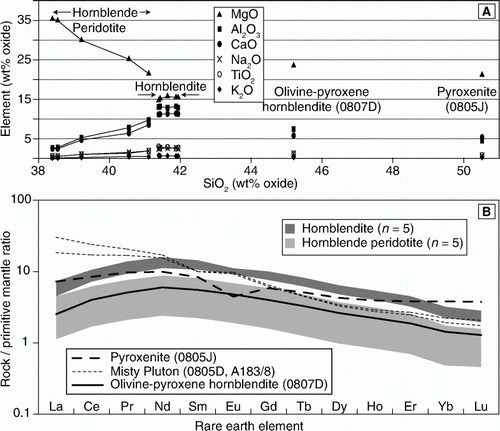
Figure 5 Mineral geochemistry data. A, Amphibole compositions (Leake et al. Citation1997) are mostly pargasite. Note no pyroxenite samples contained amphibole. B, Pyroxene ternary diagram. Enlargements show all data (lightest grey) as a background to the grouped samples, as per the key for 5A.
